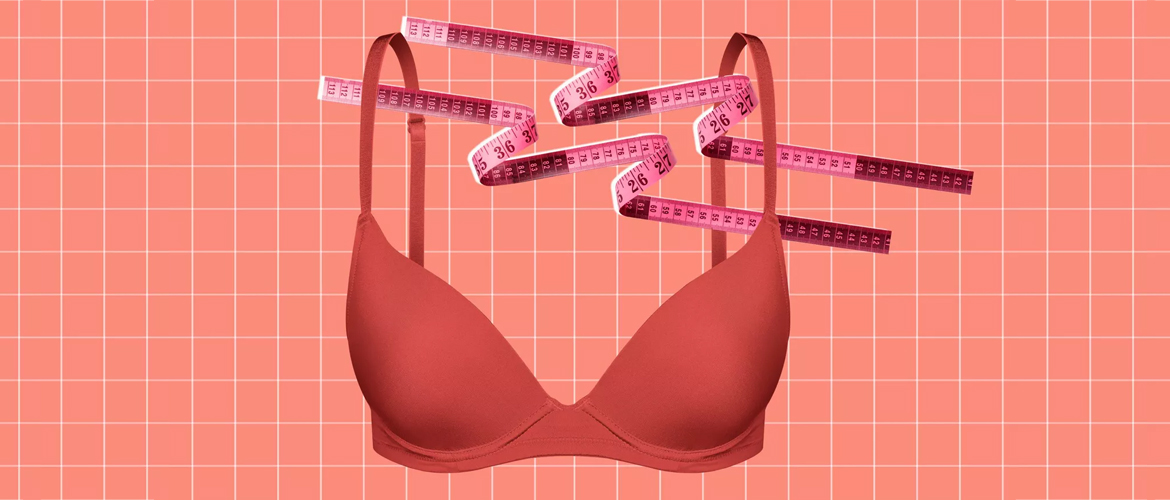Bra replacing guide A woman will undergo several bodily changes during each phase of her life. Due to this, the size of the breasts will also fluctuate over time. Here are some reasons why the size of a woman’s bra changes: Weight gain/loss The breasts will go down or up in size when the body weight increases or decreases. Pregnancy The hormones in a woman’s body will fluctuate, and preparations for lactation will begin during pregnancy. The change in size will continue while breastfeeding the baby. Puberty A woman’s body prepares itself for ovulation at the time of puberty. When the reproductive organs begin to function, the breasts will start developing, and there will be growth in the breasts up to a period. During these stages, the breast size changes, and if you are wondering, how do I know when...
Bra replacing guide
A woman will undergo several bodily changes during each phase of her life. Due to this, the size of the breasts will also fluctuate over time. Here are some reasons why the size of a woman’s bra changes:
Weight gain/loss
The breasts will go down or up in size when the body weight increases or decreases.
Pregnancy
The hormones in a woman’s body will fluctuate, and preparations for lactation will begin during pregnancy. The change in size will continue while breastfeeding the baby.
Puberty
A woman’s body prepares itself for ovulation at the time of puberty. When the reproductive organs begin to function, the breasts will start developing, and there will be growth in the breasts up to a period.
During these stages, the breast size changes, and if you are wondering, how do I know when to change my bra size? These signs will tell you.
The band in the bra, which holds around the ribcage, might start digging into the skin. It will happen if your breast size increases and you are still wearing the same size, which is smaller in size, and you need to scale up the size according to the size of your breasts.
A partially occupied cup area with excess fabric implies an ill-fitted bra. When wearing a bra, the cup area should be fully filled. If that is not the case, you are wearing a bigger bra for your breast size, and its the correct time to replace the bra
In some cases, the underboob might peek through when it does not have enough cup area to cover it. The band of your bra might fall upon the bust, not come underneath the bust. If this happens, it means you are wearing a smaller size bra.
If your breasts are peeping from the upper sides of the bra, it means the bra is unable to accommodate the entire breast area. You are wearing a smaller bra, and you need to size up, and its the correct time to replace the bra
When the band in the bra does not snug around your ribcage, the bra is larger for your bust size. The gap in between will impact the support you get from the bra.
The size of the bra is larger if you are having trouble with the straps slipping off your shoulders despite changing the length. If this happens, the size you are wearing is greater than your breast size.
While wearing a push bra, you might want your breasts to be squeezed and look fuller. If the same happens with a regular bra, you are wearing the wrong-sized bra.
If you are facing any of the above issues with the way your bra fits, it is a sign that you need to change the bra’s size. To measure the size of your breasts, you need to measure:
Band size
The number in your bra size (for example, 28, 30) is the band size. It measures around the ribcage, below your bust, where the band falls.
Cup size
It is the size of your bust, where the fullest part of your breast is measured using tape. A cup size might vary from A to H and beyond.
After measuring the band size and the cup size, you can refer to a bra size chart, and the corresponding size for the band and cup size is your bra size. It is a safer option to measure yourself with the brand’s size chart, as there might be slight differences from one brand to another.

